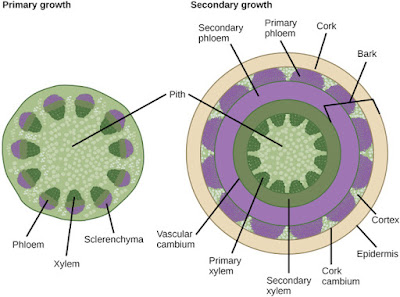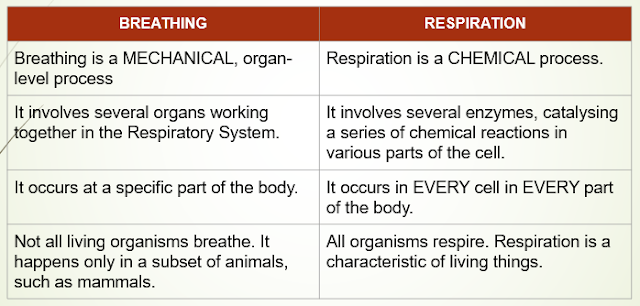PATTERNS OF GROWTH [CSEC BIOLOGY]
SYLLABUS REFERENCE
[B8.1] ... (Comparison of growth in plants and animals)
In multicellular organisms, growth involves an increase in:
- size
- mass
- number of cells.
MEASURING GROWTH
Importance of Measuring Growth
It is used to measure the growth of crops. Growth of plants reflects the increase in solid matter such as protein.
Growth data contributes to important investigation. For example, the number of leaves help estimate the increase in rate of photosynthesis in a plant.
There are several methods available:
- Measurement of weight & height / length (growth of plant or baby)
- Number of leaves (growth of plant)
- Total surface area of leaves (growth of plant)
- Growth of part of a plant, such as roots or stem.
Fresh Mass / Wet Mass
This is an organism's mass, including water content.
Plants can be up to 90% water, and water content can fluctuate. Therefore, it is not the most reliable measurement of plant growth in terms of mass. Dry mass is better.
Dry Mass
Weight of matter after all the water is removed. Done by drying a plant in an oven.
Disadvantage is that drying the plant kills it, so it cannot be a repeated measurement for a selected plant. Therefore, to estimate the increase in dry mass of a crop, samples are taken & measured at intervals.
PATTERNS OF GROWTH
Growth in Animals
In terms of numbers of cells, growth is continuous from zygote stage. Until full adult mass, the number of cells is constantly increasing.
However, this consistent increase does not always show up the same way when measuring growth in other ways.
Growth in Grasshopper
When measuring length from egg to adult, growth seems to happen in regular jumps. However, when measuring mass, one does not get a constant increase.
The reason is the exoskeleton. This has to be shed in regular intervals to allow increase in size. When replacing the old exoskeleton, the grasshopper inflates its body while the new exoskeleton is still soft. Once it hardens, it has space for the grasshopper's body to grow, till it becomes too small & requires shedding again. This shedding is called ecdysis.
Growth in Humans
When measured via change in height, it shows a gradual increase in size till adulthood.
However:
- the rate of growth changes from baby to adult
- different parts of the body grows at different rates at different times
- boys and girls show different growth curves:
- same rate till teens
- girls experience adolescent growth spurt before boys and reach adult body size before boys
- boys tend to get bigger than girls when they do get to adult body size.
An increased secretion of sex hormones stimulates the pituitary gland to secrete growth hormones, which causes the adolescent growth spurt. This increase lasts only a short time. From then onwards, growth rate slows down and, when we reach adulthood, growth stops.
Growth in Plants
In flowering plants, growth occurs in two phases:
1 - Initial growth period following fertilisation, which results in the formation of an embryo plant and its food store within a seed. The seed may lie dormant for up to several years before growth starts again.
2 - Germination of the seed, followed by growth of a new plant.
For dicotyledonous plants, embryos have two seed leaves, called cotyledons. Monocotyledons plant embryos have one seed leaf.
Primary vs Secondary Growth
 |
| Source: Biology Libre Texts |
Primary Growth - the elongation of the root & shoot.
Once germination is complete, and a young plant with a root & shoot has developed, growth becomes restricted to just behind the tips of the root & shoot.
The tissues in these parts of the plant are called apical meristems. In these tissues, cells divide by mitosis. This cell division is followed by cells elongating & differentiating into new tissues.
Secondary Growth - stem and root increase in width / girth
Between the vascular bundles is a ring of cells called cambium, which is another meristem tissue.
The cambium divides by mitosis, producing rings of xylem vessels on the inside of the cambium, & phloem cells on the outside.
In woody plants (shrubs & trees) there is another layers of cambium in the outer tissues of the stem & root, which divides to form the bark.


